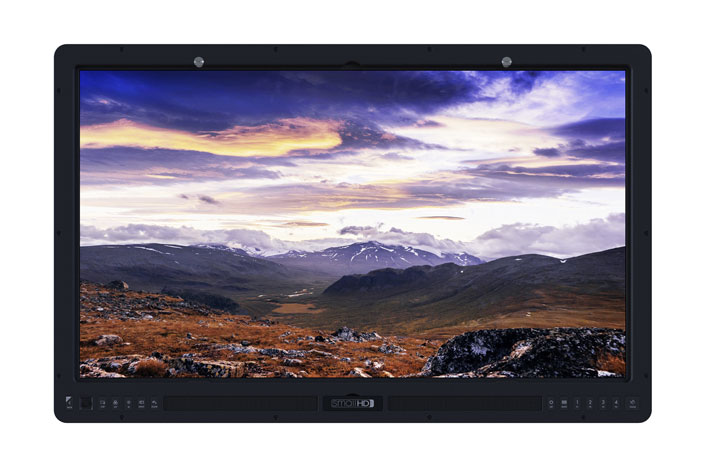
Camera manufacturers want you to be happy with the photos that your camera produces, and that means tweaking colors so that they look more attractive.


The key point to understand here is that your camera isn’t designed to produce accurate colors, it is biased towards the second approach. The reason behind this is probably quite simple. If you take a photo of someone wearing a red sweater, then you want the photo of that sweater to have exactly the same shade of red as the real thing. The other way is to produce colors that are pleasing to the eye, rather than accurate. I'd really love to hear some thoughts on this.There are two ways you can approach color reproduction in photography. The first is to try and reproduce the colors of the subject as accurately as you can. I'm still yet to find anything conclusive about color and exposure calibration of image textures for use in physically accurate render engines. I have attached the results.Īt this level of exposure the calibration result yeilds more believable reflectance values (although I still find it hard to believe that some of swatches ar actually 100% saturated)īut for this to behave accurately it would still require:Ī: The color checker to calibrate the images such that any camera response curves were flattened (aside from the 2.2 gamma curve of the image format)ī: That corona also removed the SAME gamma curve of the image format before rendering in linear space.Ĭ: And that The SAME gamma curve was re-applied in the VFB if exporting in 8 or 16 bit. I'd really love to hear peoples thoughts on this because it is something that has never sat well with me.Īssuming again that the actual 'reflectance' values are measured in linear colour space, I have based the exposure value for the color checker on an aparrently known reflectance value of the large grey swatch (according to this article: ) which has 60% reflectance. It seems all the references of albedo to rgb value conversions have not been taking the gamma curve into account? The question is, if this is correct, why have I been hearing for so many years from almost every source that a white value of 243 would be far too high, and that 225 should be a maximum. This suggests that the X-rite calibration values are in fact accurate to physical reflectance values, when converted to Linear colourspace / Gamma 1. If this it the case, then a value of 128 in gamma 2.2 would result in rgb 47, or 18% reflectivity (sounds about right.) and a value of 243 in gamma 2.2 would result in rgb 225, or 88% reflectivity, which also sounds. I'm assuming Corona offsets the gamma curve, converting textures to linear color space before path tracing.

Color finale xrite code#
The following stagement: "The code value of 118 in an 8-bit system corresponds to 18% of the maximum final output for sRGB." suggests that the correct value for 'mid grey card' which reflects 18% of the light hitting it would be rgb 118,118,118, instead of rgb 46,46,46 because of the gamma curve. The white is 243 or 95.3% reflective, which sounds far too reflective, and most of the coloured swatches are 100% saturation, which is far greater than with the default camera profile.

I have been using a color checker to calibrate photographed textures, this works but I have always felt that the colours are maybe not true to life when looking at the rgb values (see image attatched).
Color finale xrite how to#
I would like to know how to accurately calibrate photographed texture maps for use in Corona, so that texture behaves physically accurately, as well as just looking correct. I just wanted to open a discussion about something that has been bothering me for years now.


 0 kommentar(er)
0 kommentar(er)
